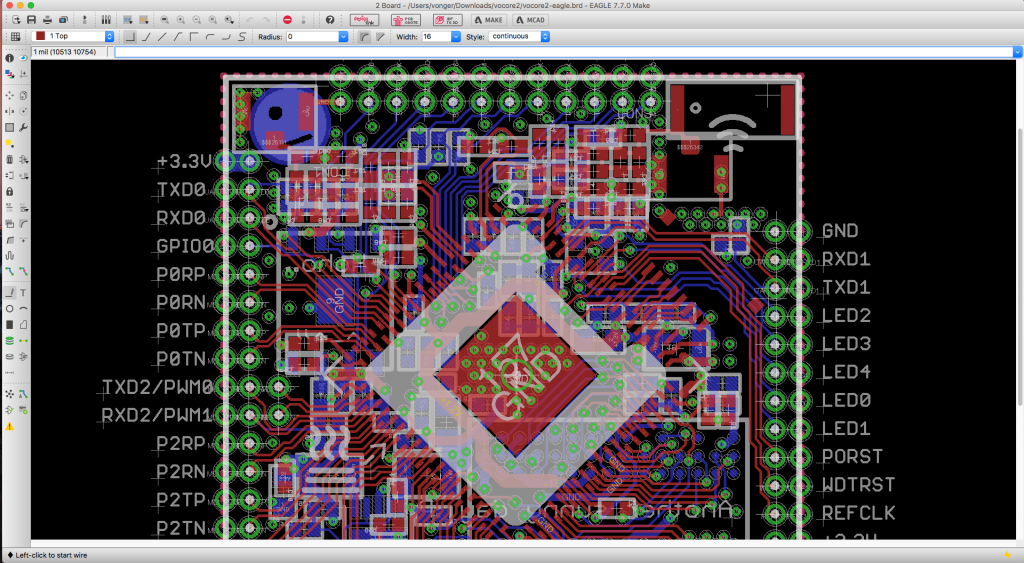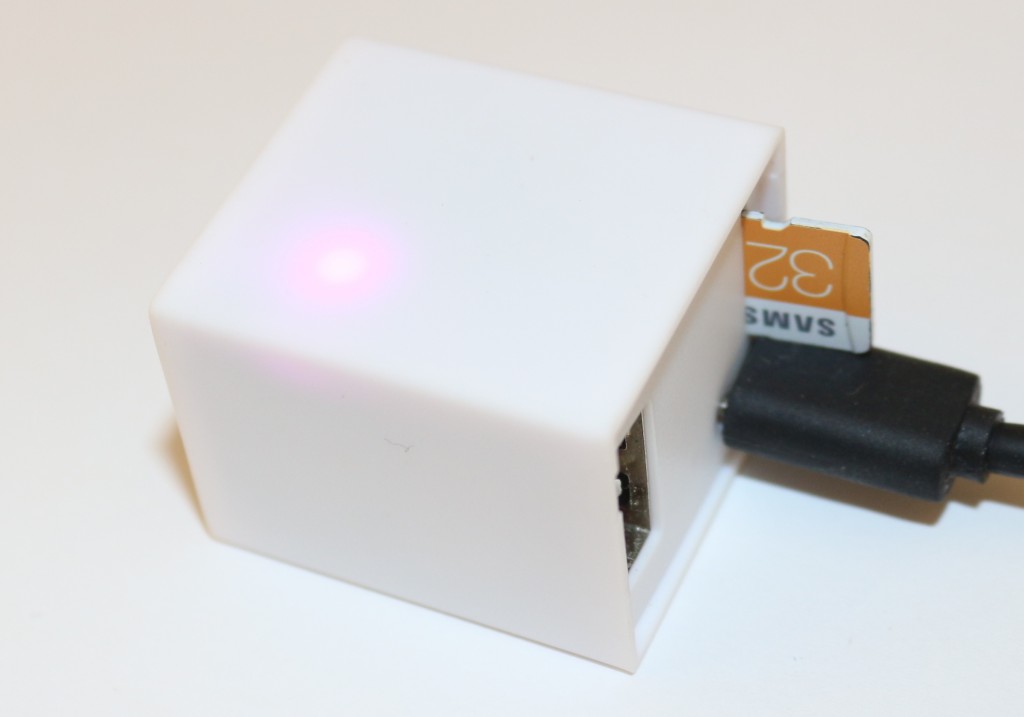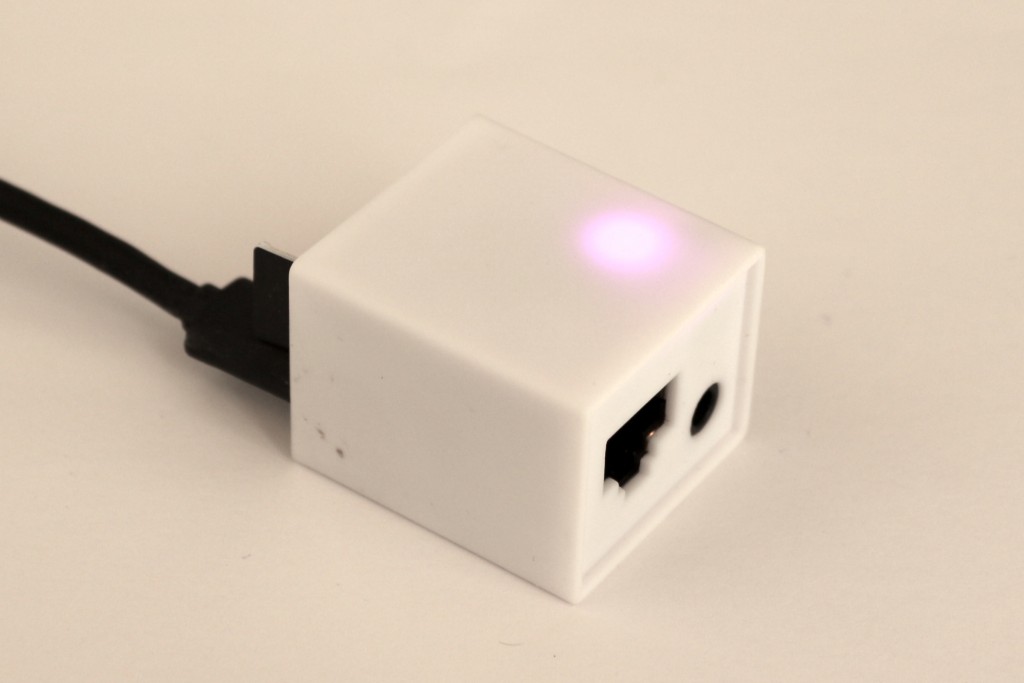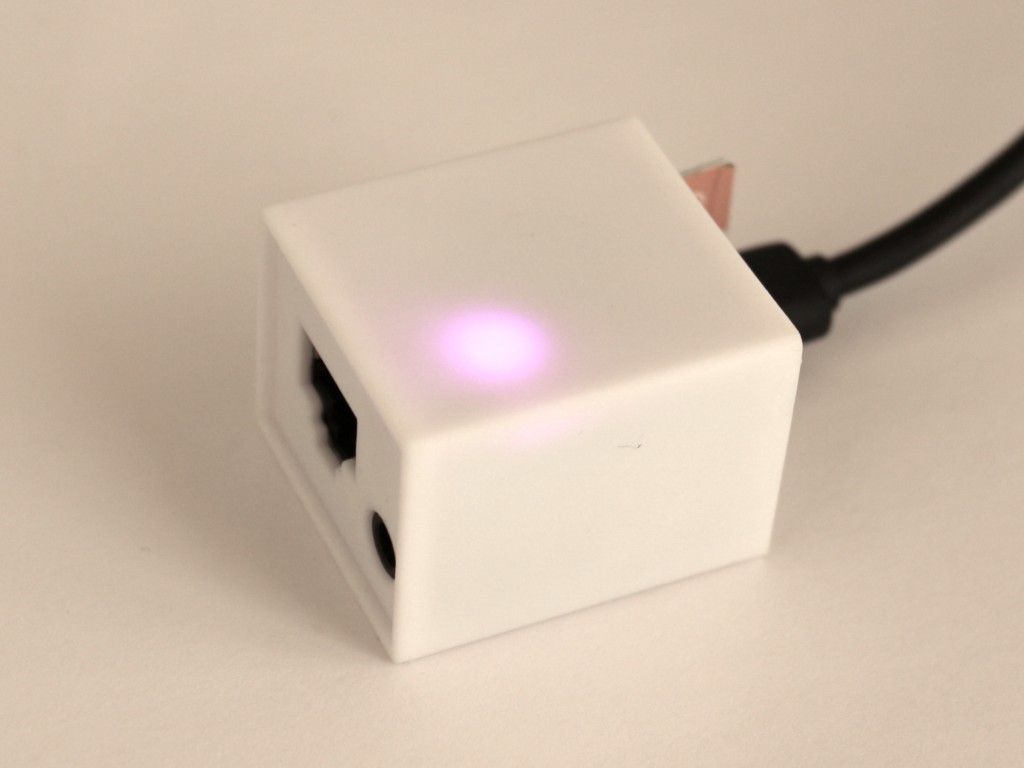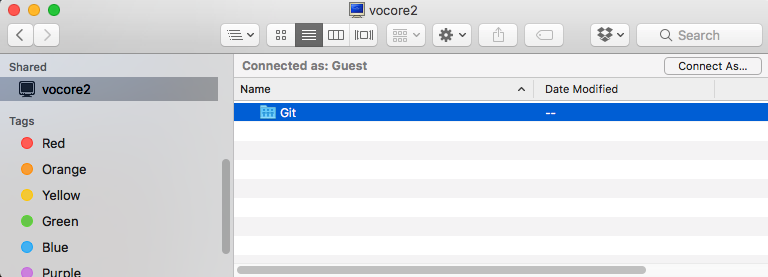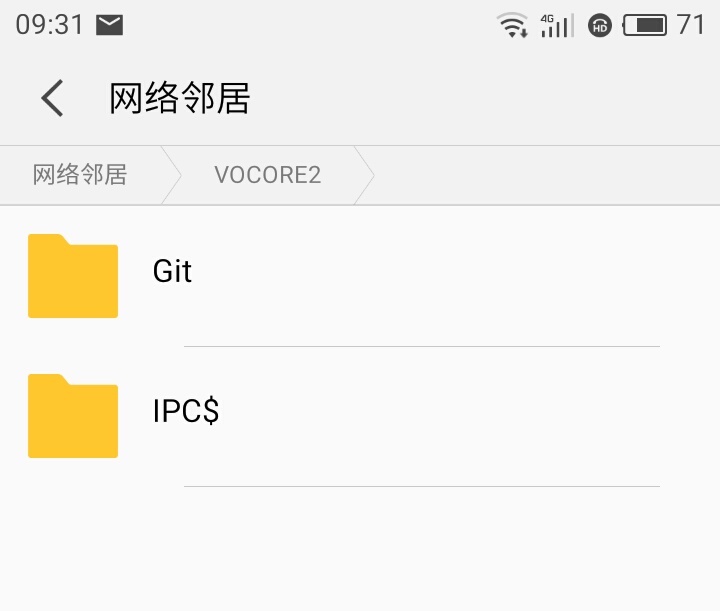Everything works, just add two lines to file: /usr/lib/lua/luci/model/cbi/admin_network/wifi.lua
+encr:value("psk", translate("WPA PSK"), {mode="ap"}, {mode="sta"})
+encr:value("psk2", translate("WPA2 PSK"), {mode="ap"}, {mode="sta"})
Here is the patch:
--- a/usr/lib/lua/luci/model/cbi/admin_network/wifi.lua
+++ b/usr/lib/lua/luci/model/cbi/admin_network/wifi.lua
@@ -689,6 +689,8 @@
encr:value("none", "No Encryption")
encr:value("wep-open", translate("WEP Open System"), {mode="ap"}, {mode="sta"}, {mode="ap-wds"}, {mode="sta-wds"}, {mode="adhoc"}, {mode="ahdemo"}, {mode="wds"})
encr:value("wep-shared", translate("WEP Shared Key"), {mode="ap"}, {mode="sta"}, {mode="ap-wds"}, {mode="sta-wds"}, {mode="adhoc"}, {mode="ahdemo"}, {mode="wds"})
+encr:value("psk", translate("WPA PSK"), {mode="ap"}, {mode="sta"})
+encr:value("psk2", translate("WPA2 PSK"), {mode="ap"}, {mode="sta"})
if hwtype == "atheros" or hwtype == "mac80211" or hwtype == "prism2" then
local supplicant = fs.access("/usr/sbin/wpa_supplicant")
I will add this patch to later firmware at Apr 🙂

